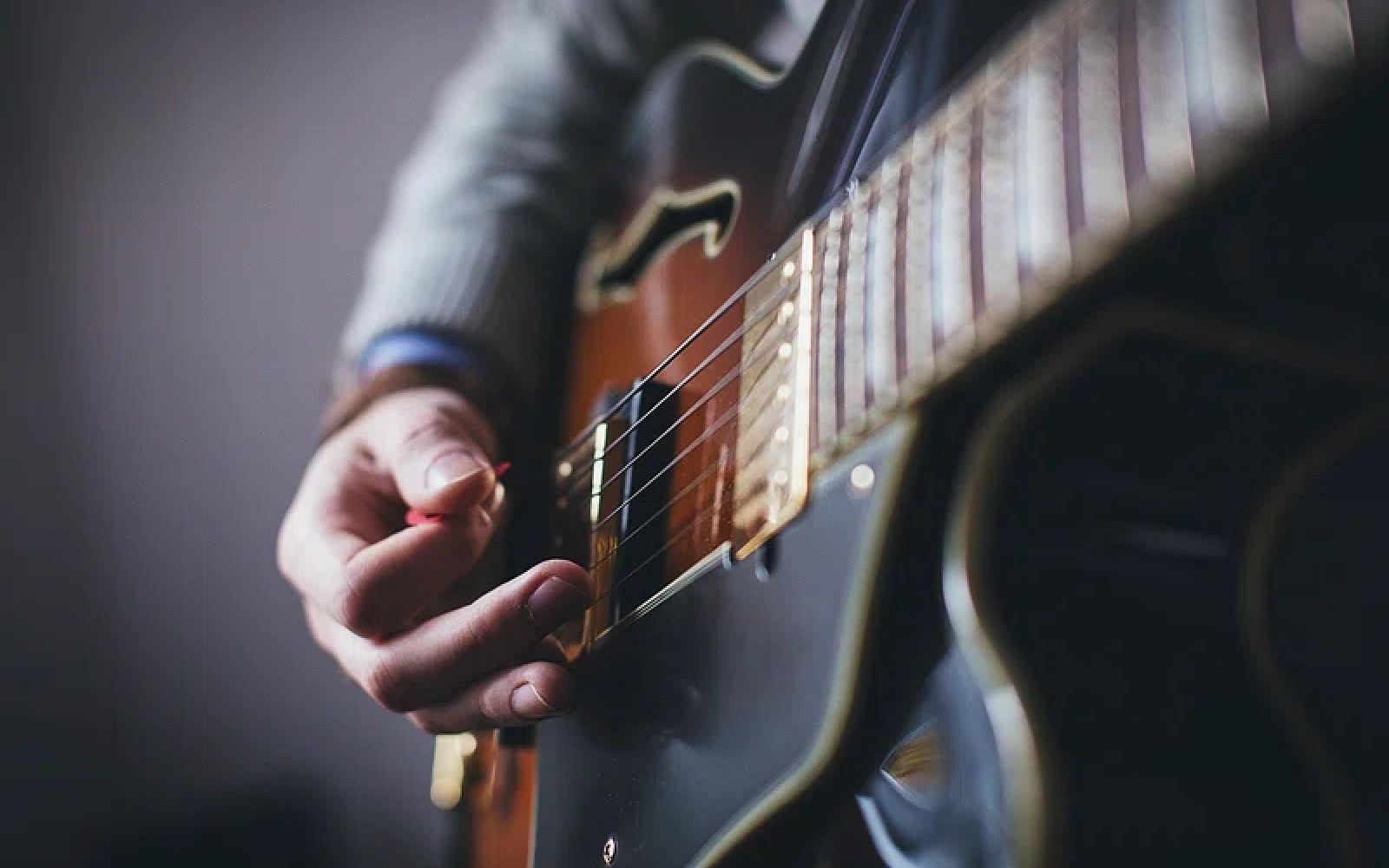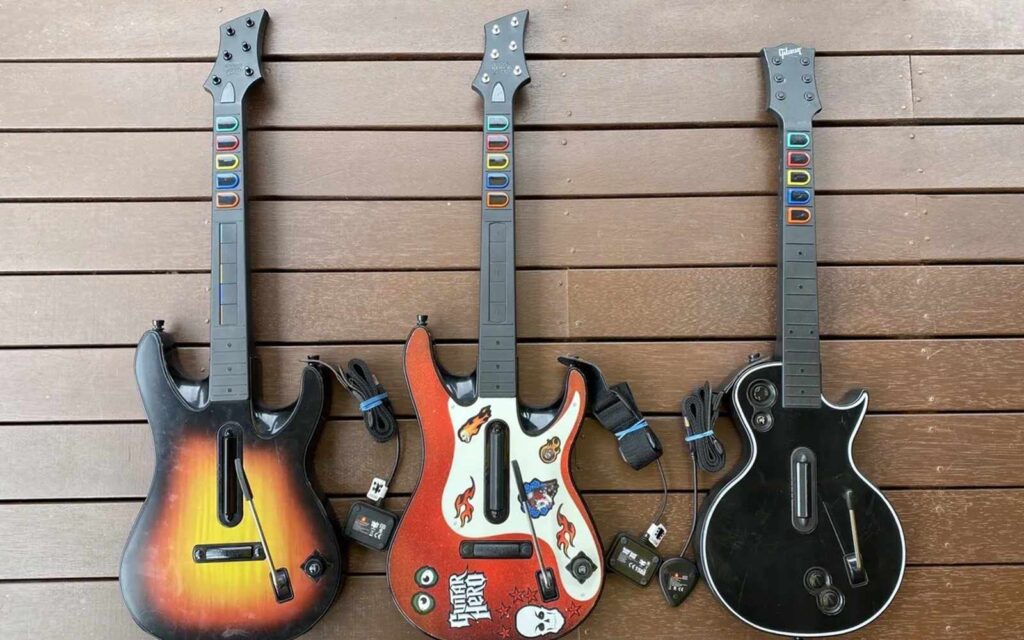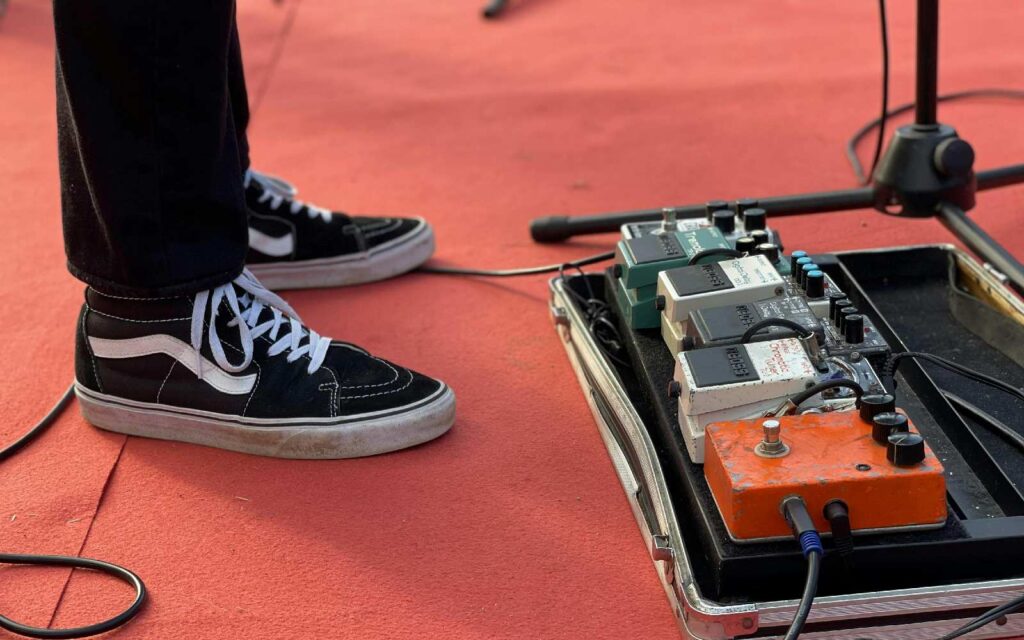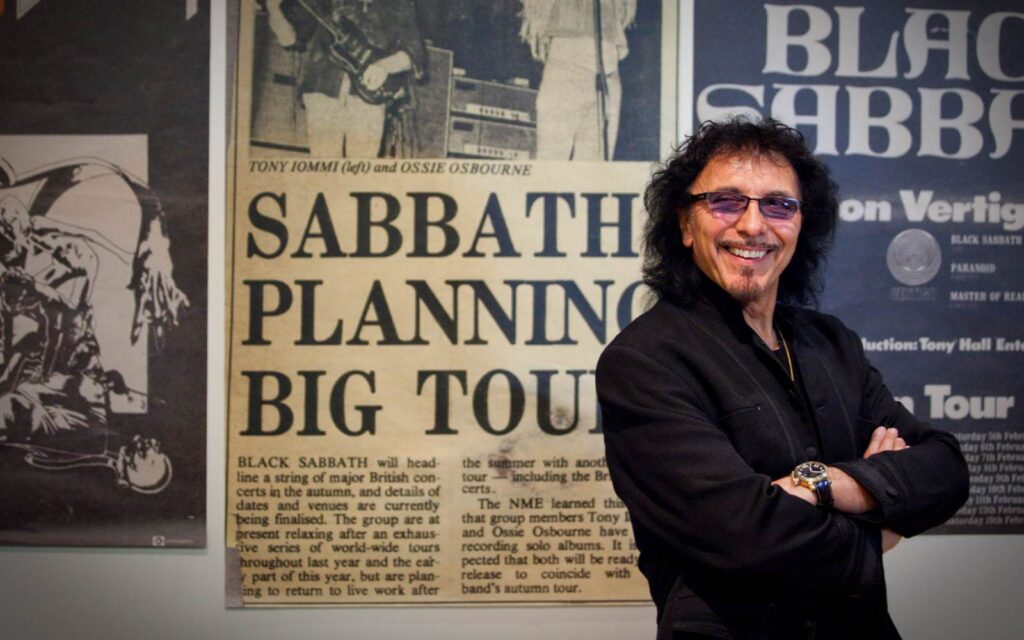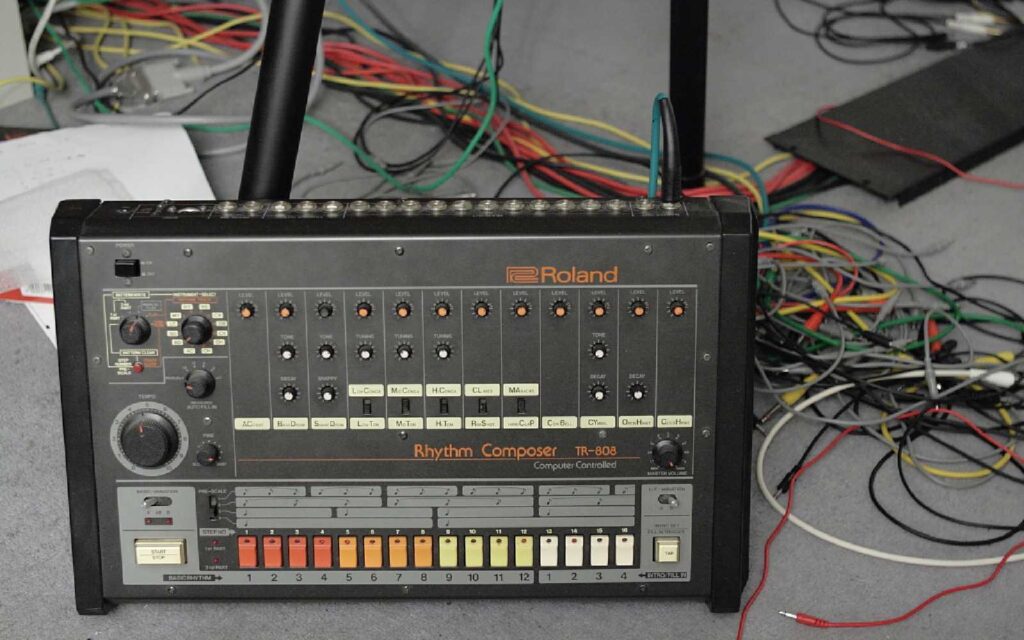About a month ago, the online guitar world erupted with creator Danny Sapko sharing an expose into influencer, YouTuber and touring musician Giacomo Turra.
In his original video, embedded below, YouTube creator Sapko alleges (with some pretty damning evidence) that Giacomo Turra has been ripping off smaller creators by taking their music and passing it off as his own, as well as having the transcribed written music for sale, while also miming the performances of said music.
Giacomo Turra
While this is a whole lot to unpack, Sapko’s problem doesn’t lie with the miming, it’s with the theft of music as well as Giacomo Turra seeing success, having built a career as a guitar player and influencer.
For those who’ve attempted to make video content with music, Mixdown included, the attractiveness of miming for video is very real. Arguably, if you’ve performed something and recorded it, filming a nicer looking take isn’t really lying as long as the audio is unedited. A lot of us will make faces, fidget, or shift around while really focused on nailing a piece on the guitar, all these things not looking great on camera. Editing, or faking entirely, as Giacomo Turra has also been accused of, is where things get murky, as the performance your audience is hearing never really occurred. Even minor editing can be defined as ‘faking it’, and the video element is where things get more complicated.
Read all the latest features, lists and columns here.
For example, when recording an album, it’s not always assumed that a performance took place. The general public knows that, in the modern day, a lot of modern music is layered up in the studio, each player overdubbing over the other, eliminating bleed and ensuring artists can do multiple takes without affecting another musician’s performance. The audio medium allows for this, and the problem arises when creators put comp’d, edited and tuned audio over a video of them seemingly performing it in one take. Then it becomes a lie.
In response to Sapko’s video, Adam Neely made a great response on YouTube on the ethics of fake guitar, in a very real and honest account of both his own experiences as well as opinions on the state of modern guitar . You can watch it all below.
Another allegation is around the use of MIDI and guitar VSTs, implying that the guitar parts weren’t even played in the first place, allowing for incredibly advanced and complex fretting and chord shapes to be ‘performed’, with every note perfect. The problem with this allegation is that there’s a handful of ways that this kind of thing can reveal itself sonically, usually sounding particularly 8-bit, even with a great sounding guitar plugin over the MIDI. There’s also some other processes that can yield these sonic results, i.e. pitch shifting, time adjustments & stretching, and more can yield the same artifact-y, ‘digital’ sonics that you may be hearing. While none of these are a very honest way to portray guitar playing, we’re unable to verify what’s going on!
While miming and editing might be a grey area depending what you’re doing, there’s also the last impact that events like this have.
Firstly, young musicians are watching these YouTube videos and have an unrealistic expectation on their own playing, which can go one of two ways. Either they’ll see it as a goal to achieve, ignorantly thinking they’re hearing real guitar, and using it to push themselves and help to push the guitar forward. Many young guitarists, drummers and singers have learnt to harness otherworldly ability because they’ve grown up hearing edited and perfected audio, assuming that’s the benchmark and, somehow, achieving it!
The other option is that the bar is being set to a superhuman level and will dissuade musicians from pursuing music at all, believing they don’t have the skill to continue. Whichever way you look at it, miming and faking performances is bad for the industry as a whole. Worst of all, a lot of these players can play, yet they still feel the need to mime or edit or zhuzh their performances. Once one creator does it, that becomes the benchmark and a lot of people do it. It’s a really slippery slope.
The slippery slope is where we find ourselves now, with the editing and faking conversation being its own kettle of fish, but there still lies the problem of stealing music from creators. Sapko’s YouTube video displays a lot of these side by side, showing how perfectly the audio syncs up as evidence that Giacomo Turra had pulled music, note for note, from creators. A lot of these solos were improvised by the original guitarists, so the plagiarism wasn’t immediately obvious, though as Jack Gardiner explains below, he didn’t recognise his own solos initially, having recorded it as a fleeting, improvised moment years earlier.
Improvised music still counts as original work, and it doesn’t mean it can be replicated for personal use, but there’s a fine line, and it seems the line has been crossed. Many players will honour their heroes by adding musical ideas into their own playing and arrangement, sometimes overt and sometimes subtle. In genres like jazz and blues it’s common to learn standards, but it’s also common to improvise a lot in the pursuit of expressing yourself.
Adam Neely’s video dives a bit deeper into this, but it comes down to this: you can honour your heroes by showing your influence, but stealing music entirely is a whole other conversation, let alone having the music recorded, released and for sale, as well as having transcriptions available, also for sale.
Musical expression is really important, and it’s what makes music so exciting and unique. No one can sound like you, so that’s what’s going to make you stand out amongst the noise of thousands of other musicians. Your mistakes will help you learn, but they’ll also help you stumble onto interesting musical shapes and patterns, helping you to break the mould. Tyler Larson explores this more in the above YouTube video.
If we can offer any advice, it’s to do your own thing. It’s what makes you special.
